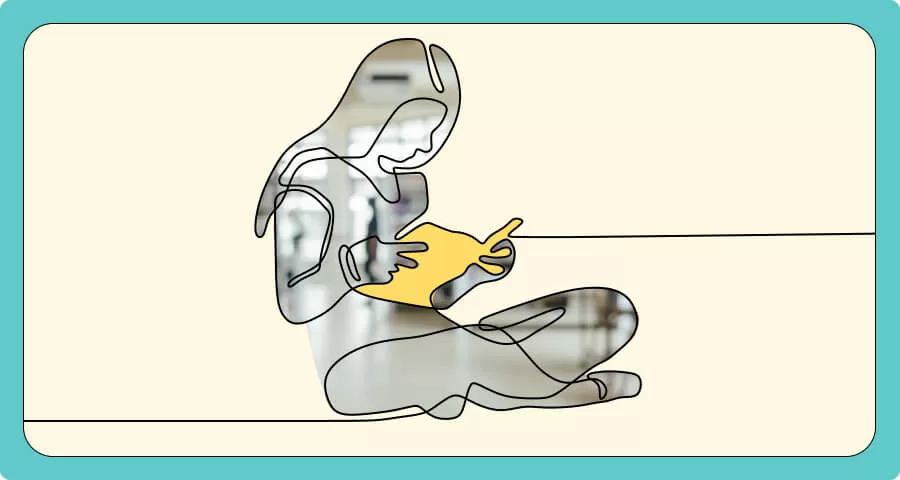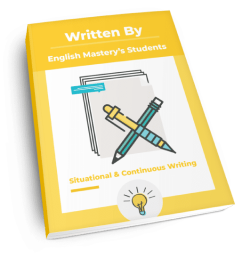
New English O Level syllabus changes (2023 onwards)
Are you aware of the new English O Level syllabus affecting all who take the O Level English exam from 2023 onwards?
We know how syllabus changes can sometimes be a big headache for parents. The English paper has many components, and staying on top of how the changes affect every section may be confusing and time-consuming.
That’s something you can leave to us to take care of! At EnglishMastery (EM), constantly staying up-to-date with any official MOE syllabus changes is our priority. We develop and adapt our lessons and materials according to syllabus changes promptly so that our students are well-prepared to tackle the English paper.
Here’s what we do:
We carefully examine new MOE syllabus guides, mark schemes and specimen papers.
Next, we develop new lessons and materials that incorporate all the changes. Our lessons and materials are created not just to help our students get familiar with the changes, but to provide them with extensive practice. This means your child is taught how to tackle a variety of questions (with varying difficulty levels) so that they are well-equipped for the English paper.
Lastly, we tell our students exactly how examiners grade their work so that they know how to answer questions with precision.
2022 syllabus changes:
If you’re not too sure what the new 2022 syllabus changes are, we’ve summarised them for you here. We’ll also tell you how EM has incorporated these changes into our lessons and materials. These changes will affect students who are taking the ‘O’ Levels from 2023 (i.e. students who are in Secondary 3 and below this year).
Here are the two sections in the English paper with significant changes:
- Visual text comprehension
- Oral communication
1. Visual Text Comprehension
Old syllabus
- Questions are based on only one visual text
- Lengthy visual texts (e.g. websites, posters)
- 5 marks
New syllabus
- Questions are based on two texts
- New question type: Comparative questions
- Shorter, more realistic visual texts (e.g. social media posts, website excerpts)
- 5 marks
How EM has updated our lessons and materials to get your child ready:
- Practice questions with two visual texts
- A wide variety of new visual text types
- More analytical, comparative questions
- 10 marks worth of questions in each practice paper (instead of the usual 5 marks) to ensure our students have substantial practice
- A large variety of questions in our practice papers, including more challenging ones
2. Oral Communication
Old syllabus
- Part 1: Reading aloud (10 marks)
- Part 2: Spoken interaction (20 marks)
New syllabus
- Reading aloud section removed
- Part 1: Planned response (15 marks)
- Part 2: Spoken interaction (15 marks)
What is the new planned response section all about?
Students have to:
- Read a question on a computer screen
- Watch a video on a computer screen
- Prepare a response of up to 2 minutes to the question after watching the video
- Tell the examiner their response confidently
What is the spoken interaction section all about?
- Teachers will ask students questions on a topic based on the same video
- Students have to have a discussion with the teacher based on those questions
How EM has updated our lessons and materials to get your child ready:
- Speaking activities incorporated into various parts of our lessons. These often consist of showing students videos and eliciting responses from them. Students practise developing responses using the PEEL format.
- Show & Tell sessions at the start of some classes. Students are given fun and relatable questions to respond to.
- Sharing of opinions in class. We constantly encourage students to speak up in class, whether to share their perspectives or ask questions.
- General knowledge discussions. We explore current affairs and issues with students to build their repertoire and understanding of important local and global issues, so that they are well-equipped for a variety of topics that may be tested.
One ingredient that is often overlooked when it comes to excelling at oral communication? Confidence. Confidence is not built overnight, and these activities are intentionally created to gradually develop your child’s belief in their ability to express their ideas with passion and precision.
With these in mind, we hope you can rest assured that your child is in good hands at EM! 🙂



